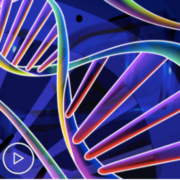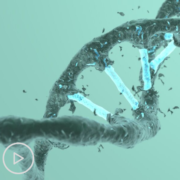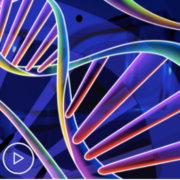What’s Next in AML Treatment and Research?
What’s Next in AML Treatment and Research? from Patient Empowerment Network on Vimeo.
Dr. Pinkal Desai, an AML specialist, discusses research in-progress on MRD testing and pre-disease mutations in leukemia.
Dr. Pinkal Desai is an Assistant Professor of Medicine at Weill Cornell Medical College and Assistant Attending Physician at the New York-Presbyterian Hospital. More about this expert here.
Related Resources
Subscribe to stay up-to-date in the latest information in AML treatment and research
Transcript:
Dr. Pinkal Desai:
So we at Weill Cornell are a big leukemia center, and we are leading a lot of the clinical trials in AML, both in the upfront and the relapse setting. There are several research initiatives that we are highly interested in. One of them is how to incorporate some of these targeted treatments, both in the upfront and in the relapse setting.
The most important one that we’re actively working on is to monitor these patients, so MRD testing, or minimal residual testing, is extremely relevant in order to figure out whether the treatments are working in the right fashion, and would you change treatment or would it impact the patient’s overall survival if some of these mutations persist or not.
And we are really interested in monitoring these patients and these mutations to figure out a plan which is targeted not only for the mutation but also for the specific patient, and that is one of the things that we are very interested in and doing at Cornell.
We’re also looking at pre-disease mutations. There are several mutations – this is personally my research interest as well – there are certain people who are at risk of developing leukemia; for example, people who are undergoing chemotherapy for other cancers, and the presence of some of these mutations before the diagnosis of leukemia would highly be relevant because if we’re monitoring some of these people and figuring out who can develop this leukemia and can you do something about it, so this is sort of more on the prevention aspect of leukemia or secondary leukemia, which is also something we are interested in at Cornell and ongoing research is for us.
But the most important things is obviously for patients who actually have the diagnosis of AML, the best available agents as part of clinical trials, the best way to monitor them and design treatments so that we can achieve the best possible results for the patient is what we are striving for at Cornell, and it would be extremely helpful for patients to enroll into these trials and contribute both to their own treatment outcomes and also to the AML community at large.
















